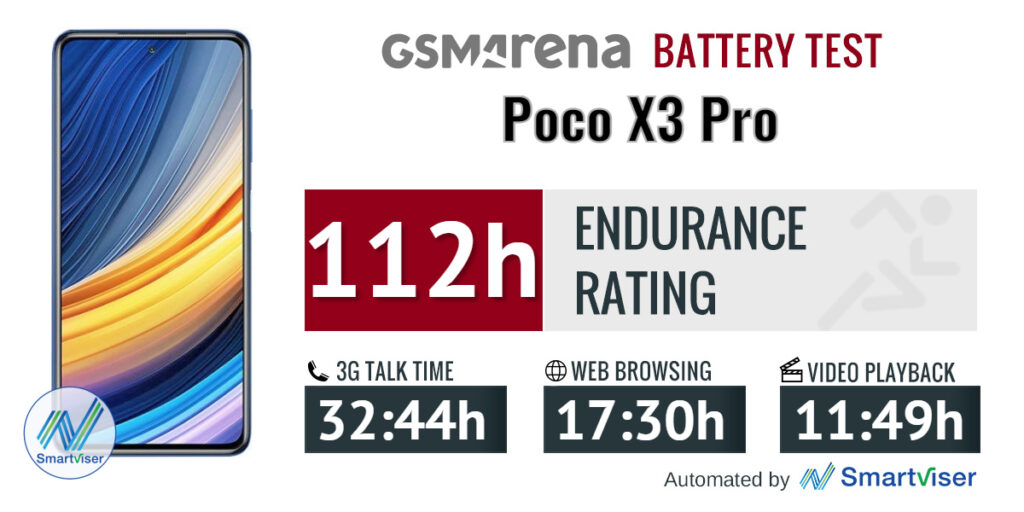The Basics Of Responsive Design
We all have our favorite websites that we visit, as well as those we often visit for work. It’s so common for us to access the same websites on both a desktop workstation and on a mobile device, but some websites work better than others while trying this and this is just a fact. This is because of something called responsive web design, which we’ll review below for our weekly Tech Term.
Responsive Web Design, What Is It?
The purpose behind responsive web design is to ensure that a website remains functional and aesthetic, even when viewed on devices of different sizes from different brands and even on different operating systems.
This is accomplished using specialized elements to display the content in a way that is best suited to the attributes of the device being used. Essentially, the website ‘responds’ to the device, so instead of squinting to see a website meant for a desktop crammed onto the screen of your smartphone, your visitors will see a website meant for the smartphone.
This is achieved through three basic web design processes: fluid grids, responsive media, and media queries.
Responsive Media
Just like the rest of the page, the media files you include (like video or images) need to adjust in size as your screen size changes. This usually requires fixed dimensions to be entered, but because fluid grids don’t use fixed measurements, these kinds of files must use the max-width property set to 100%.
Media Queries
Media queries are effectively the web design version of crowdsourcing. By gathering data, a website is able to determine the size of the screen it is displayed on so it can adjust its appearance accordingly by loading the proper CSS (or Cascading Style Sheet).
Fluid Grids
Like any design grid, you may come across, fluid grids allow you to arrange your site elements to make them look as pleasing as possible. However, fluid grids differ in that they adjust based on the size of the screen by using relative measurements, like percentages, rather than using pixels.
The Importance Of Responsive Web Design
A business will want to have a responsive website for a variety of reasons that all originate from a focus on the visitor experience. Not only will a responsive website attract and retain more visitors due to its improved experience for its users, but will improve its search engine optimization ranking as well. These fast-loading, mobile-friendly websites also allow businesses to nurture a greater percentage of their visitors into customers, buyers, and clients.
The web design professionals here stSharp TackMedia are dedicated to providing the best service to provide businesses the best chance to succeed with technology. What other technology terms would you like to see us to cover? Leave your suggestions in the comments!








